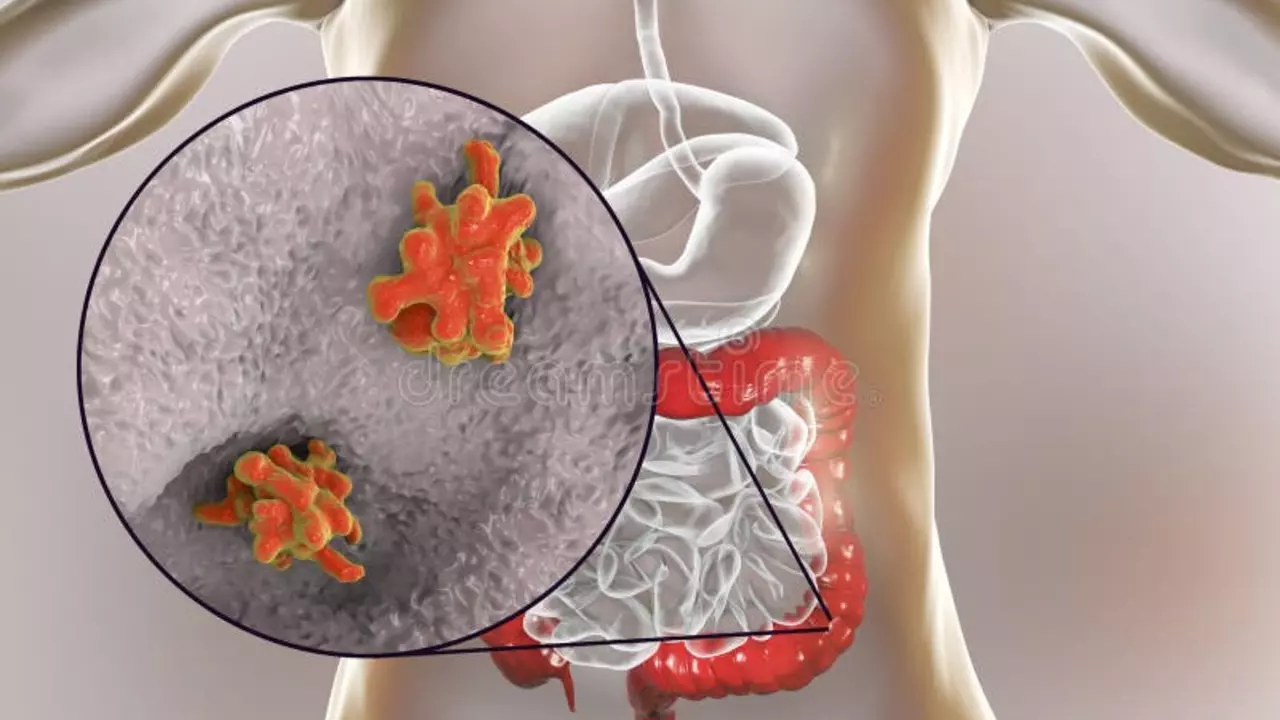Understanding Amoeba and Its Infections
Before we dive into the potential dangers of amoeba infections, it's essential to understand what amoebas are and how they operate. Amoebas are single-celled organisms, often found in water, soil, and other damp environments. They can move and feed by extending finger-like projections called pseudopodia. While many types of amoebas are harmless, a few species can cause serious health problems when they enter the human body. These infections can occur when we unknowingly ingest or come into contact with contaminated water or food.
The Various Types of Amoebic Infections
Amoebas can cause a variety of infections, each with its own set of symptoms and potential complications. The most common amoebic infection is amoebic dysentery, caused by the species Entamoeba histolytica. This infection primarily affects the intestines and can cause severe diarrhea, abdominal pain, and other digestive issues. Other types of amoebic infections can affect the brain, liver, and other organs. These infections, while less common, can be much more severe and potentially life-threatening.
Recognizing the Symptoms of Amoeba Infections
Understanding the symptoms of amoeba infections is crucial for timely detection and treatment. While symptoms can vary based on the type of infection and the individual's overall health, some common signs include stomach pain, loose stools, weight loss, and fever. In more serious cases, symptoms can extend to nausea, vomiting, and even bloody diarrhea. If you or a loved one are experiencing these symptoms, particularly after a recent trip or exposure to unsanitary water or food, it's important to seek medical attention immediately.
The Risks and Dangers of Amoeba Infections
Amoeba infections can pose significant risks to human health. Left untreated, these infections can cause severe damage to the intestines and other organs, leading to long-term health problems. In severe cases, amoebas can even reach the brain, causing a rare but deadly condition called primary amoebic meningoencephalitis (PAM). This infection results in brain inflammation and can lead to death within a week of symptoms appearing. Therefore, understanding and recognizing the dangers of amoeba infections is a critical step towards prevention and early treatment.
Preventing and Treating Amoeba Infections
With such serious potential consequences, it's only natural to wonder how one can prevent amoeba infections. Basic hygiene practices, such as regular hand washing and avoiding potentially contaminated water or food, can significantly reduce the risk of infection. When traveling to areas with poor sanitation, consider using bottled water for drinking and brushing teeth. If you suspect you've been infected, seek medical help immediately. Treatment typically involves a course of specific antibiotics to kill the amoebas. With early diagnosis and proper treatment, most people can fully recover from amoeba infections.


Comments (11)
Sönke Peters
Remember to stay hydrated and steer clear of untreated water when you’re on the road. It’s a simple habit that can keep amoeba infections at bay.
Paul Koumah
Great another reason to avoid tap water on vacation.
Erica Dello
The article mixes “amoebic” and “amoebic” correctly but drops the Oxford comma and that hurts. Also “its” should be “it’s" when you mean “it is”. 😬 Please mind those details next time.
sara vargas martinez
While most people think of amoebas as harmless microscopic blobs, the reality is far more nuanced. The species Entamoeba histolytica, for instance, has a sophisticated mechanism for invading intestinal tissue. It adheres to the mucosal lining using lectin proteins that recognize specific sugars on host cells. Once attached, it secretes enzymes that degrade the epithelial barrier. This process can lead to ulceration and bloody diarrhea, symptoms often mistaken for other gastrointestinal illnesses. Moreover, certain free‑living amoebae, such as Naegleria fowleri, are capable of crossing the nasal mucosa. They travel along the olfactory nerve directly into the brain. This route bypasses the blood‑brain barrier, making infection especially lethal. Primary amoebic meningoencephalitis, although rare, carries a mortality rate exceeding 95 percent. Early detection is hampered by the nonspecific nature of early symptoms like headache and fever. Laboratory diagnosis typically requires stool microscopy for cysts or trophozoites, and PCR assays are increasingly employed for rapid identification. Treatment regimens often combine metronidazole with a luminal agent such as paromomycin to eradicate both invasive and intraluminal forms. Preventive measures extend beyond simple hand‑washing; they include filtering or boiling water and avoiding swimming in warm freshwater bodies. Travelers should be advised to use sterile water for nasal rinses, as this practice can introduce organisms directly into the sinuses. In summary, understanding the complex life cycle and pathogenic pathways of amoebas is essential for both clinicians and the public to mitigate these hidden dangers.
Todd Anderson
It is incumbent upon the United States to uphold rigorous standards of water safety, thereby exemplifying the virtues of a robust public health infrastructure. Through comprehensive testing protocols and swift remediation, we can demonstrably reduce the incidence of amoebic infections.
Dexter Smith
The piece omits statistical prevalence data, making it difficult to gauge the true public health burden of amoebic dysentery. A more thorough epidemiological analysis would lend credibility.
Cherish Capps
yeah i totally agree we should all be more careful about the water we drink especially when traveling abroad.
Amy Carpenetti
It’s important we share these tips without sounding alarmist; balanced information helps everyone stay safe.
Paul Griffin
Remember, taking proactive steps like using boiled or filtered water not only protects your health but also sets a positive example for those around you.
Michael Tekely
From a risk‑assessment perspective, implementing a layered mitigation strategy-source control, point‑of‑use treatment, and personal hygiene-significantly lowers exposure probability.
Oscar Taveras
Let’s stay vigilant and keep our communities healthy; together we can prevent these infections 😊